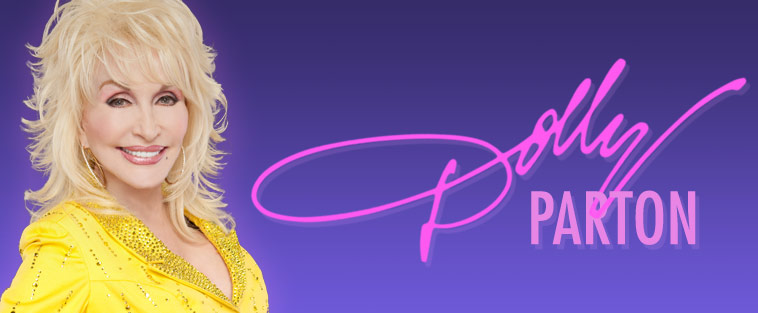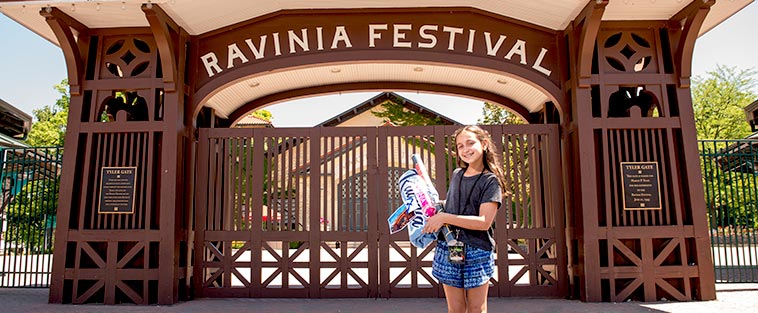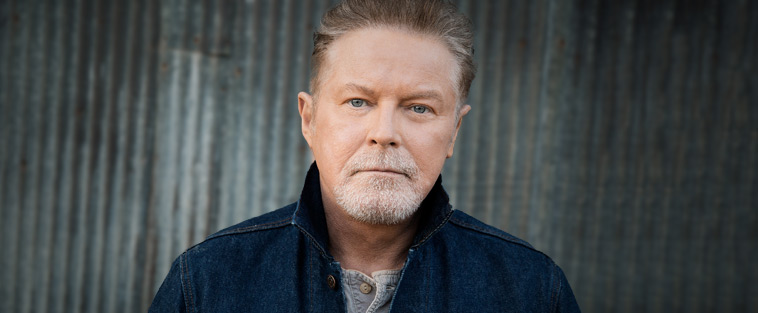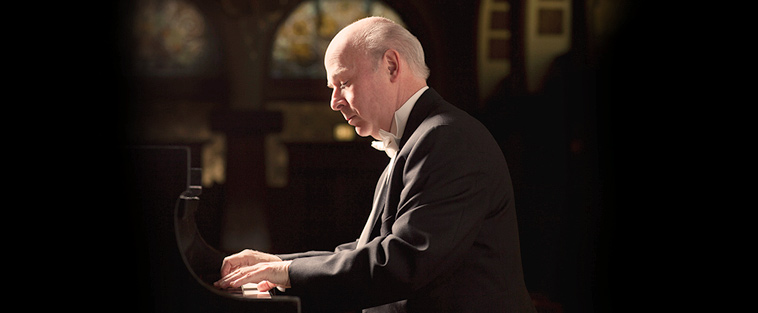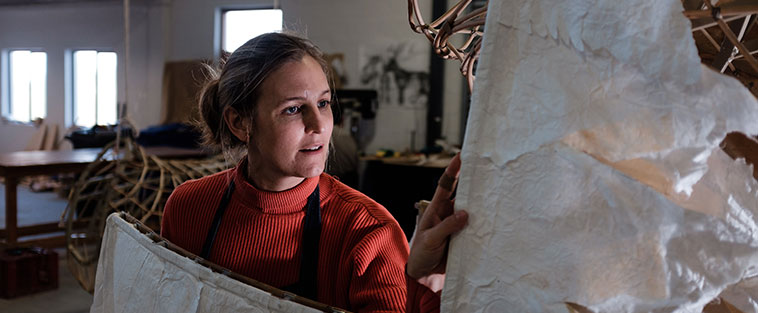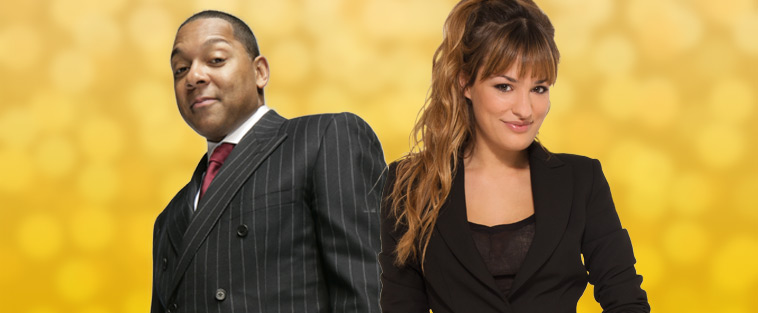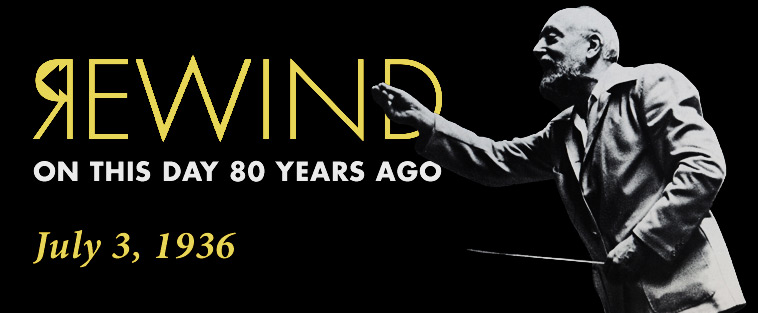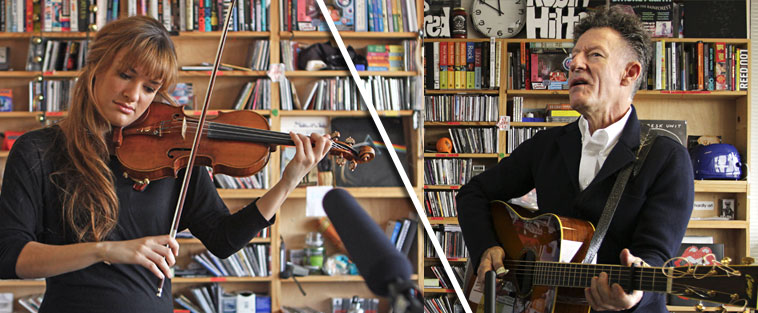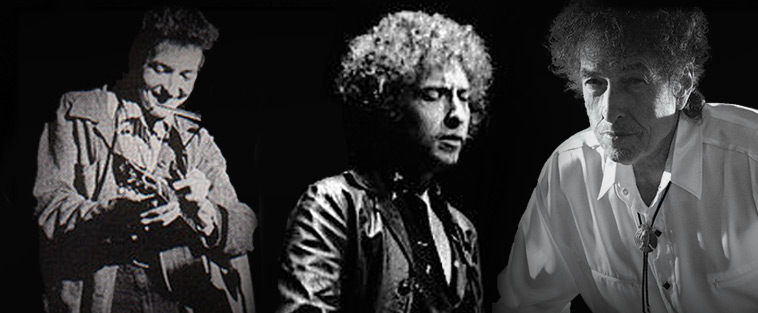She may have come from humble beginnings as the fourth of 12 children in Locust Ridge, TN, with the Smoky Mountains as her playground, but from the very moment Dolly Parton stepped out on a stage as a mere child, she’s been on a first-name basis with the world.
Lucky Maya Lily Lubelfeld has free Ravinia Festival pass for life
Young Maya Lily Lubelfeld of Deerfield will be going to the Ravinia Festival for decades—totally for free. Thanks to being the first local baby born on Aug. 15, 2004—the date Ravinia celebrated the centennial of its 1904 founding—Maya received quite the special baby present.
The day she was born, conductor James Conlon visited Maya and her mother that morning at Rush North Shore Skokie to award the infant the one-and-only lifetime lawn pass ever issued at Ravinia.
Flying Solo: Don Henley keeps his music close to home and heart
Marking Milestones: From Rosina to Ravinia, Danielle de Niese revels in taking rewarding risks
When the New York Times Magazine profiled Danielle de Niese in 2009, a headline writer astutely dubbed her “opera’s coolest soprano.” And the moniker has stuck.
Rewind: July 25, 1936
July 25, 1936: George Gershwin's Sole Ravinia Performance
After the Chicago Symphony Orchestra took residence at Ravinia on July 3, 1936, perhaps the next great highlight of that summer came just a few weeks later. Thousands descended upon the freshly reinaugurated festival in hopes of seeing—but most certainly for the chance to hear—the inimitable pianist, composer, and songwriter George Gershwin.
On the Fly: Jorge Federico Osorio Made Highland Park the Home of His International Career
Jorge Federico Osorio is a classical artist with an international career. Born in Mexico, he could make his home anywhere. Yet after living in New York City for seven years, followed by London for another 11, he chose Highland Park, IL, to be the place where he and his wife, Sylvana, put down their roots and raised their two sons, Dario and Santiago.
The 2016 Season So Far: Through Social Media (Pt. 2)

The past few weeks have been marked by some terrific performances here at Ravinia! On our lawn, we’ve seen some impressive picnic spreads, great 4th of July themed parties, life celebrations, plenty of Cornell-heads, Durannies, and so many more! We also welcomed the Chicago Symphony Orchestra back as part of its 80th summer residency anniversary. In Part 2 of our “Season So Far” blog series, we’ll show you a sampling of what’s been happening in our gorgeous park this month.
Something In The Way He Blues: Buddy Guy Keeps Chicago's Blues Electrifying
The first time Buddy Guy came to Ravinia, it was as an audience member to see George Benson. “I got there and they looked at me and said, ‘Buddy, we’ve been trying to get you for years!’” Guy recalled in a recent exchange for Ravinia magazine.
In 1999, the festival got him. “It took me a long time to get to a venue like that,” Guy reflected. “I’d play with Junior [Wells] in the early days at Navy Pier, or over by the lake with Stevie [Ray Vaughan], and I imagined those were the biggest places I’d ever play. But they finally got me and I’ve done quite a few shows there since then. I love playing Ravinia, man.”
How Diana Ross Stole My Heart
Diana Ross is so iconic a performer, I still remember the first time I saw her on television. I was in high school at the time, and as I’ve mentioned in previous blogs, I was a classical music geek who was slow in coming to appreciate the popular music of the time. The breakthrough song that turned me around was Petula Clark’s recording of “Downtown.” For some reason, that song grabbed me, and I started listening to the top-10 countdown every day on a local radio station. “Downtown” quickly climbed the charts, but seemed to be stuck at the number-two position. The song that kept it from reach the top spot was “You’ve Lost That Loving Feeling” by The Righteous Brothers, admittedly a phenomenal song, but I was impatient for “Downtown” to overtake it.
Nothing But 'Net: Anthony McGill is Soaring on the (Wood)wind
When clarinetist Anthony McGill visits Ravinia on July 15 to perform the Brahms Clarinet Quintet with the Takács String Quartet, the occasion will be the latest of numerous homecomings the Chicago native has enjoyed since he left the nest for the Interlochen Music Academy and the Curtis Institute of Music many years ago. Originally from the Chatham neighborhood on the city’s South Side, McGill and his unlikely rise to the summit of the clarinet world was fueled by a supreme talent, supportive family, several key local mentors, and an unflagging determination.
Learning to Fly: Janni Younge Makes a New "Firebird" With No Strings Attached
Janni Younge believes passionately in the power of puppetry. Although the centuries-old art form might seem passé in a world where video games and other online diversions are available in seconds, she believes it is even more needed than ever as a tangible antidote to such high-tech escapism. “People are relating to a very ancient instinct,” says the South African puppetmaker, “which is to enjoy the animation of an inanimate object. Particularly in contemporary puppetry, where you see the performers creating life in a thing that is clearly not alive, there is a kind of electricity that happens. We relate to it on a very primal level.”
Fiddling Around: Wynton Marsalis Trumpets Human Connections in His Violin Concerto for Nicola Benedetti
Legendary trumpeter and composer Wynton Marsalis has worn many musical hats across his remarkable career. Thus, the idea that Ravinia would co-commission a concerto from a guy who studied at Juilliard and performed Haydn’s Trumpet Concerto with his hometown New Orleans Philharmonic when he was a mere 14 years old is not so strange.
Staying Hungry: Duran Duran Hasn't Stuttered with the Release of Paper Gods
The soundtrack of the early 1980s simply oozed Duran Duran. Their extraordinary run of singles—“Hungry Like the Wolf,” “Rio,” “Save a Prayer,” “The Reflex,” “The Wild Boys,” “Girls on Film”—earned Simon Le Bon, John Taylor, Nick Rhodes, Roger Taylor, and Andy Taylor the moniker “The Fab Five” among pop music’s second British Invasion. Their music videos proved almost too risqué even for MTV, at a time when the cable music video channel was the “social media” pinnacle for recording artists. To paraphrase that old song: If you could make it there, you could make it anywhere. And make it they did.
Standing Up: Like Their Sound, Guster Hopes to Keep the World Evergreen
It may be a truism that leaving home for college is a life-changing experience, but how many people can say they met both lifelong friends and career-defining collaborators on the first day?
That’s how Adam Gardner tells the story. It’s true enough; a nice, easy shorthand version. When pressed, however, he reveals that he actually met bandmates and buddies Ryan Miller and Brian Rosenworcel shortly before that, at a wilderness orientation for freshman at Tufts University (just outside of Boston) in 1991. The trio soon learned they shared a passion, and that’s the origin of the band known as Guster—a group still going strong a quarter-century later.
Rewind: July 3, 1936
July 3, 1936: The CSO Residency Kicks Off
In 1936 Ravinia and the Chicago Symphony Orchestra began an enthusiastic partnership in presenting history’s greatest music in a uniquely lush and comfortable setting, and 80 years later that dedication is as strong as ever, forming the cornerstone of the festival’s classical mission, which also encompasses chamber music, recitals, kids concerts, Reach*Teach*Play, and Ravinia’s Stean’s Music Institute. Even before the relationship became official the CSO was a regular guest, dating back to 1905 as the Theodore Thomas Orchestra. Over the 17 concerts that compose its residency at Ravinia this summer, the CSO will play works that are just as powerful today as they were during that first season—from Beethoven’s Seventh, Brahms’s Second and Fourth, and Dvořák’s “New World” Symphonies to such orchestral delights as Respighi’s Pines of Rome and Strauss’s Don Juan to the playful swirl of Gershwin’s Rhapsody in Blue.
The 2016 Ravinia Season So Far: Through Social Media (Pt. 1)
With over 140 concerts across three and a half months, it’s not easy to catch everything that goes on at Ravinia. The month of June has practically flown by, so we’ve curated some of the most notable posts, tweets, and photos showcasing what the 2016 season has been like so far.
Tiny Desk Concerts: A Great Showcase Of The 2016 Season
If you have never seen a Tiny Desk Concert, then you are in for a real treat. Started in 2007 by Bob Boilen, host of NPR’s All Songs Considered, the Tiny Desk Concert series invites notable as well as unheard musicians into the small working space that Boilen uses in NPR’s offices in Washington, DC.
As a way to introduce readers/viewers/listeners to both the Tiny Desk series and Ravinia’s 2016 season, we’ve compiled a list of Tiny Desk videos featuring performers who are taking the festival’s stage, as well as a playlist of past Ravinia artists, for your viewing pleasure.
Ravinia Trivia from 1976 Program Book Advertisement
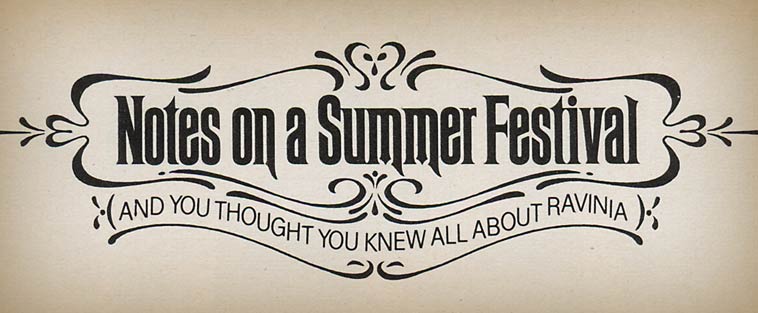
While perusing an Ravinia program book from 1976, we came across this advertisement for Northern Trust Bank, which includes a number of interesting facts about the festival. The still life in the center is also a nice touch.
Chris Cornell Finds ‘Higher Truth’ in His Music by Going Acoustic
By Andy Argyrakis
One of the most distinctive voices in rock’s entire history also happens to be among the most prolific and eclectic since bursting out of Seattle’s indie scene three decades ago. Between his time fronting alternative icons Soundgarden, short-lived but beloved side project Temple of the Dog (including future members of Pearl Jam), and the post-millennial hard rock supergroup Audioslave (featuring Rage Against the Machine’s rhythm section)—not to mention an immensely successful solo career—Chris Cornell has thus far sold a staggering 30 million albums and been a top box office draw in each incarnation. So how in the world does the singer, songwriter, guitarist, composer, and lyricist face the daunting task of sculpting a show to address each of those vital eras, while also celebrating his critically lauded new album Higher Truth throughout the course of a single evening?
A Musical Chronicle of Our Time
Living my formative years during the ’60s, my immersion into popular music came around the time of what came to be known as “protest songs.” Where earlier rock and pop songs were mainly concerned with teenage romance and all the problems associated with it—rejection, parental disapproval, rivals in love—pop artists started addressing serious social concerns, such as civil rights and the developing war in Vietnam. It was also the era of “folk-rock” and the ascendance of the singer-songwriter. Pop artists no longer simply went into the studio to record a piece of music handed to them by their agent or record company executive. The idea grew that someone singing their own music had a greater artistic integrity—who could better interpret their poetry and melodic flights of fancy than the writer him- or herself?

